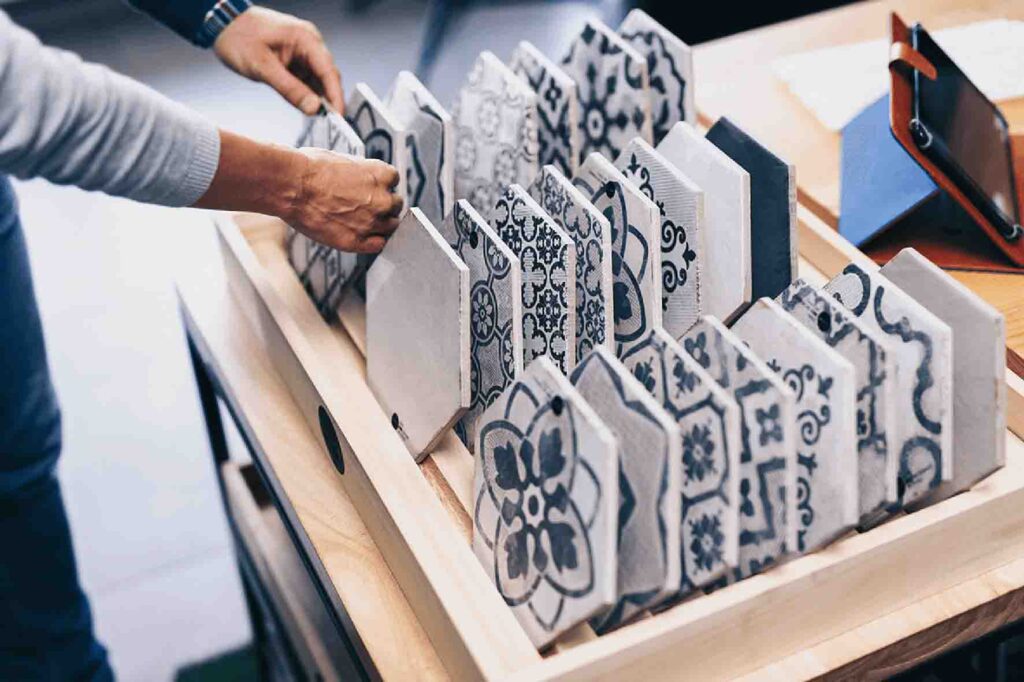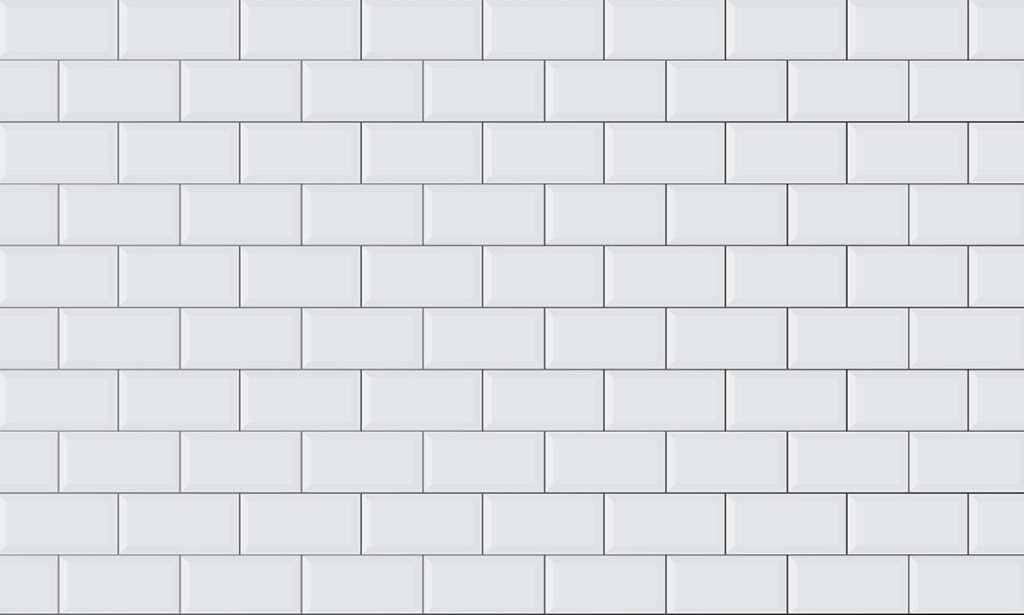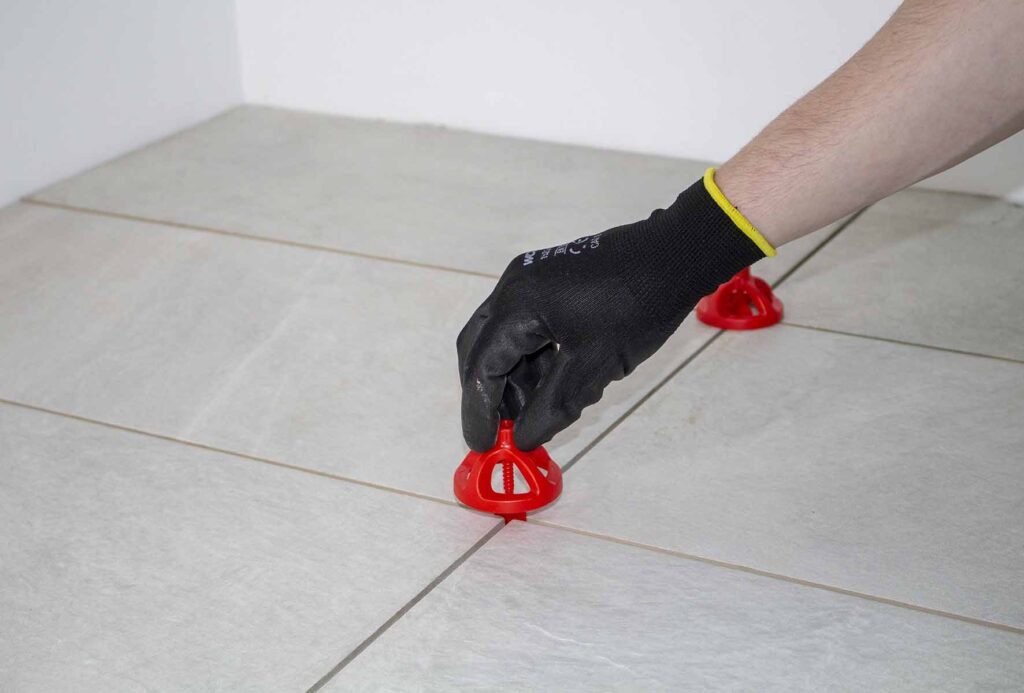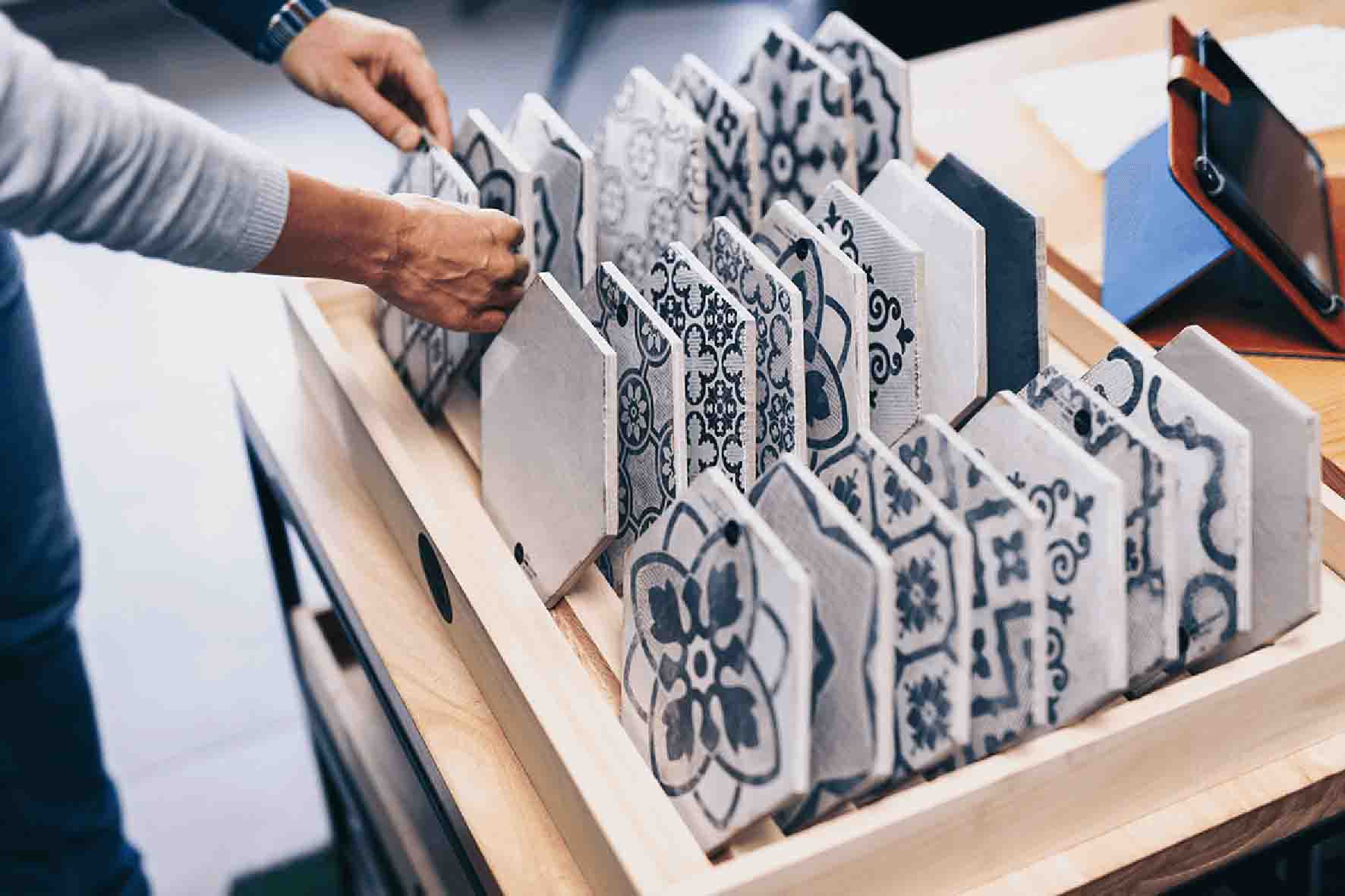You have probably heard the phrase rectified tile before, but you might not know exactly what it is. In this blog we will discuss what a rectified tile is, its characteristics and how to tile it.


WHAT IS RECTIFIED TILE?
The term rectified tile simply refers to a tile whose edges have been ground or sawn. This happens after firing, to make the overall size of the tile more precise and accurate. Through this process the manufacturer minimises variations in size from tile to tile.
For grinding the tile an exact measuring procedure is applied where a perfect square or rectangle is guaranteed with each tile. This way it fits better with the rest of the tiles. The rectified tiles will have the edge cut at a 90-degree angle and will be completely straight.
The procedure is done with diamond grinding wheels that remove material to obtain the desired size. This polishing is only done on the edges of the tile and does not affect the thickness or quality of the tile surface.
CHARACTERISTICS OF THE RECTIFIED TILE
Many people choose this type of tile because it gives the impression of a perfect finish. It is as if there were no joints between the tiles, especially if we choose a joint with the same colour as the tile, this will give us a sense of continuity.
Laying a non-rectified tile forces you to create larger joints and the end result is not as perfect as with a rectified tile.

CLEAN AND UNIFORM PRECISION
When we place one rectified tile next to another we can appreciate the precise, clean and uniform edge. Thanks to this we can place the tile much closer to each other. This creates finer and cleaner lines of the joints.
Most rectified tiles are made of porcelain. This will make them more durable and easier to clean than other materials.

HIGHER PRICE
It should be noted that the cost of this tile is somewhat higher, due to the process. However, rectified tiles offer added value among other benefits. For this reason, many professionals and individuals opt to buy rectified tiles.
MULTIPLICITY OF USES
Rectified tiles can be used in different rooms: kitchens, living rooms, bedrooms, etc. There are even rectified tiles for outdoors, the difference will be its composition to adapt to weather changes such as cold, humidity, heat, or rain.
Rectified tiles have many types of finishes such as cement finish, stone finish, marble, and more.
HOW TO LAY RECTIFIED TILES?
The installation of this type of tile can be slower than a normal tile. Due to the clean and precise finish to the edge of each tile, any mistakes will become more visible. To help, these are the points you need to bear in mind when laying rectified tiles:
Before laying it you have to use the thin-bed technique, which consists of preparing the place where the tiles will be laid.

The walls must be mastered, this means that we will previously apply a continuous coating on master guides made of plaster or mortar.
It is very important to have a smooth surface where there is no unevenness before the installation.
Once we have the surface prepared, we will apply the adhesive and lay the tile. If the area is very large we will apply the adhesive as we go along.
It is always advisable to lay the tile with a minimum joint of 1.5mm due to the contractions or expansions that the surface may have. For this reason, at RUBI we have different types of crosspieces with different thicknesses and levelling systems. Our Cyclone and Delta levelling systems obtain a completely level surface when used.



Post a comment